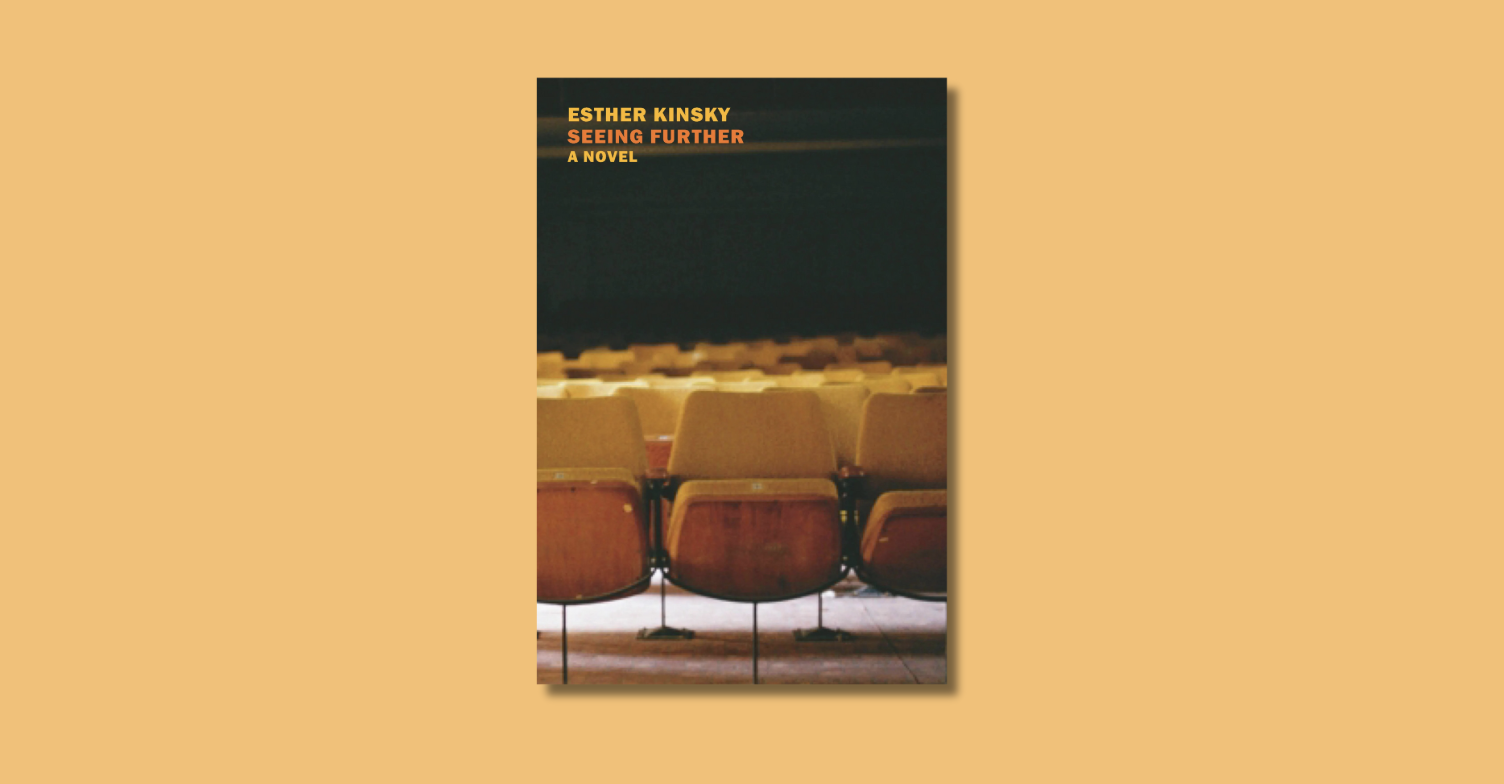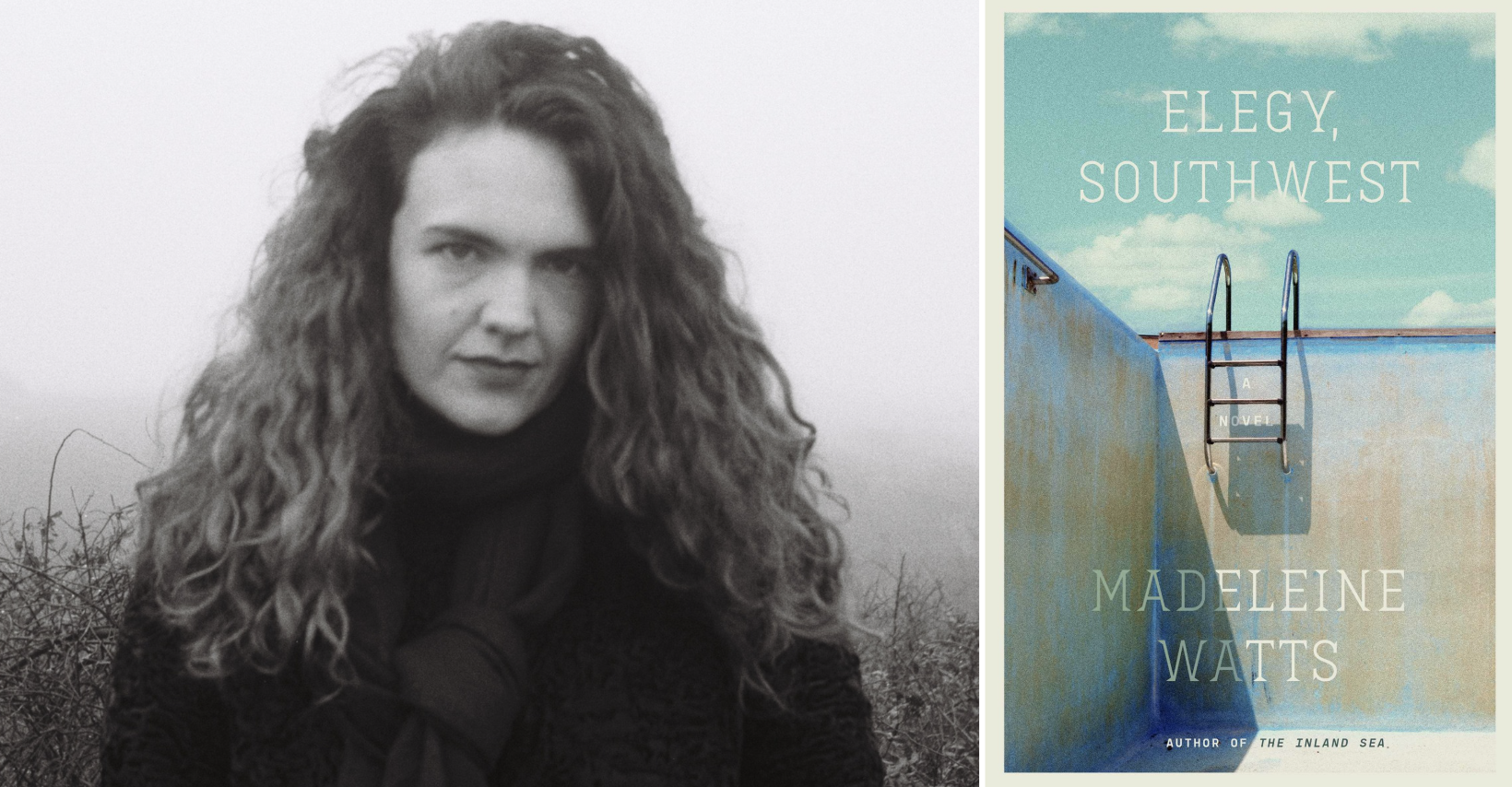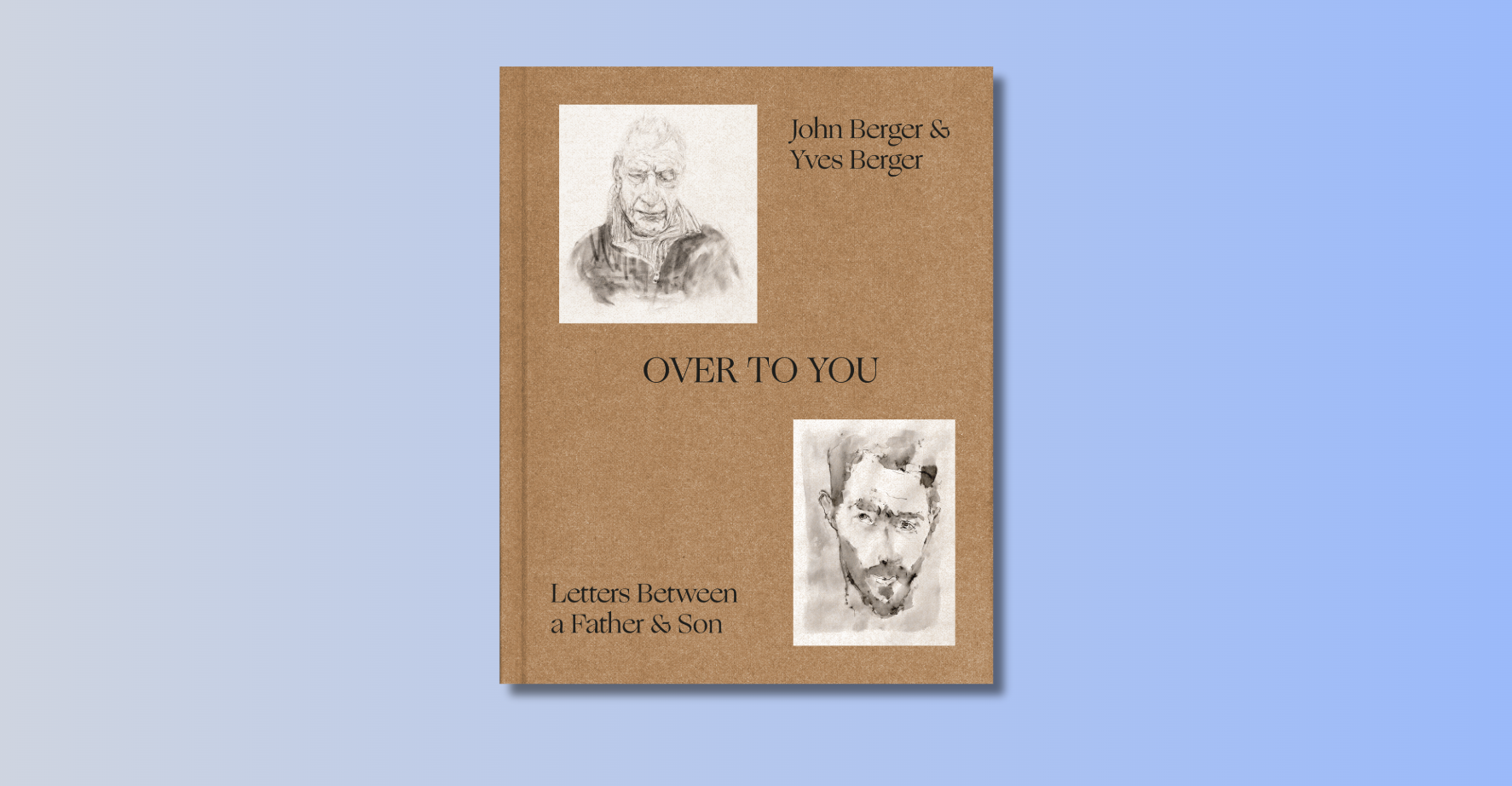
 I kept a reading journal for the first time this year and I highly recommend it. It’s humbling for one (that’s all I read?), inspiring (read more!), and clarifying (choose well). That said, it was a pretty great year reading-wise. I read David Mitchell’s Black Swan Green twice, re-read Turgenev’s First Love, William Gass’ On Being Blue, and Don DeLillo’s End Zone, and I highly recommend them all. With everything going on with the Penn State scandal, Margaux Fragoso’s harrowing memoir of sexual abuse, Tiger, Tiger is both timely and even more devastating. I finally read Jeffrey Eugenides’ The Virgin Suicides and thought it was terrific. I took Ann Patchett’s advice at the opening of Parnassus, her independent bookstore in Nashville, and bought Denis Johnson’s Train Dreams, devouring it in a single sitting. I had so much fun reading The Stories of John Cheever in conjunction with The Journals of John Cheever that I read Saul Bellow’s The Adventures of Augie March in tandem with his Letters, which includes a wonderful introduction by its editor, Benjamin Taylor. J.M. Coetzee’s Disgrace — my first experience with his work — was riveting, appalling, and beautiful. Jim Shepard’s story collection Like You’d Understand, Anyway was so wide-reaching, variegated, and emotionally precise I felt like I’d read a collection of micro-novels.
I kept a reading journal for the first time this year and I highly recommend it. It’s humbling for one (that’s all I read?), inspiring (read more!), and clarifying (choose well). That said, it was a pretty great year reading-wise. I read David Mitchell’s Black Swan Green twice, re-read Turgenev’s First Love, William Gass’ On Being Blue, and Don DeLillo’s End Zone, and I highly recommend them all. With everything going on with the Penn State scandal, Margaux Fragoso’s harrowing memoir of sexual abuse, Tiger, Tiger is both timely and even more devastating. I finally read Jeffrey Eugenides’ The Virgin Suicides and thought it was terrific. I took Ann Patchett’s advice at the opening of Parnassus, her independent bookstore in Nashville, and bought Denis Johnson’s Train Dreams, devouring it in a single sitting. I had so much fun reading The Stories of John Cheever in conjunction with The Journals of John Cheever that I read Saul Bellow’s The Adventures of Augie March in tandem with his Letters, which includes a wonderful introduction by its editor, Benjamin Taylor. J.M. Coetzee’s Disgrace — my first experience with his work — was riveting, appalling, and beautiful. Jim Shepard’s story collection Like You’d Understand, Anyway was so wide-reaching, variegated, and emotionally precise I felt like I’d read a collection of micro-novels.
 Still, of all the books I read, only Cormac McCarthy’s Blood Meridian took over my world, and by that I mean I had that rare experience, while immersed in it, of seeing reality through its lens whenever I put it down and in the days after I finished it. Ostensibly it’s about a band of Indian hunters run amok along the Texas-Mexico border in the mid-nineteenth century but really it’s about how man’s natural state is warfare. You can buy that bill of goods or not but like McCarthy’s greatest works (Suttree, The Crossing) it’s written in his inimitable style, that fusion of The Book of Isaiah, Herman Melville, and Faulkner (though he’s more precise than the latter, more desolate and corporeal than Moby Dick’s author; whether his prophetic powers are on par with his artistry remains to be seen), a voice which is all his own, of course, and has an amplitude I’ve encountered only in, what, DeLillo at his most ecstatic? Murakami at his most unreal? Bellow in Augie March or Herzog? Alice Munro in The Progress of Love? John Hawkes in The Lime Twig? Read it if you read anything this coming year and note: a bonus to the experience is that you’ll add at least two hundred words to your lexicon.
Still, of all the books I read, only Cormac McCarthy’s Blood Meridian took over my world, and by that I mean I had that rare experience, while immersed in it, of seeing reality through its lens whenever I put it down and in the days after I finished it. Ostensibly it’s about a band of Indian hunters run amok along the Texas-Mexico border in the mid-nineteenth century but really it’s about how man’s natural state is warfare. You can buy that bill of goods or not but like McCarthy’s greatest works (Suttree, The Crossing) it’s written in his inimitable style, that fusion of The Book of Isaiah, Herman Melville, and Faulkner (though he’s more precise than the latter, more desolate and corporeal than Moby Dick’s author; whether his prophetic powers are on par with his artistry remains to be seen), a voice which is all his own, of course, and has an amplitude I’ve encountered only in, what, DeLillo at his most ecstatic? Murakami at his most unreal? Bellow in Augie March or Herzog? Alice Munro in The Progress of Love? John Hawkes in The Lime Twig? Read it if you read anything this coming year and note: a bonus to the experience is that you’ll add at least two hundred words to your lexicon.
More from A Year in Reading 2011
Don’t miss: A Year in Reading 2010, 2009, 2008, 2007, 2006, 2005
The good stuff: The Millions’ Notable articles
The motherlode: The Millions’ Books and Reviews
Like what you see? Learn about 5 insanely easy ways to Support The Millions, The Millions on Twitter, Facebook, Tumblr.









